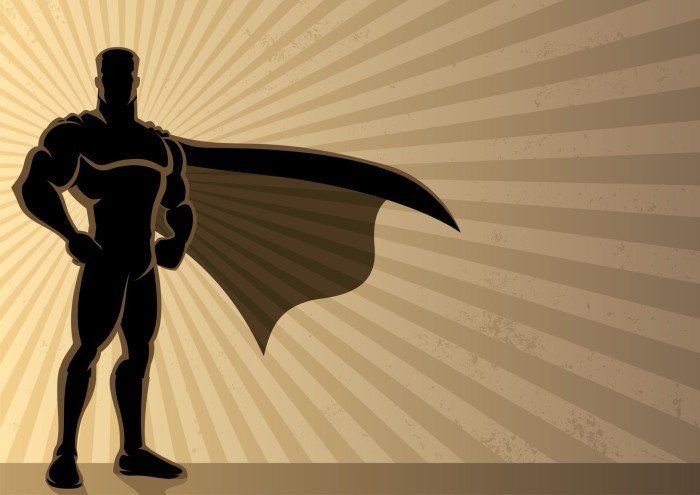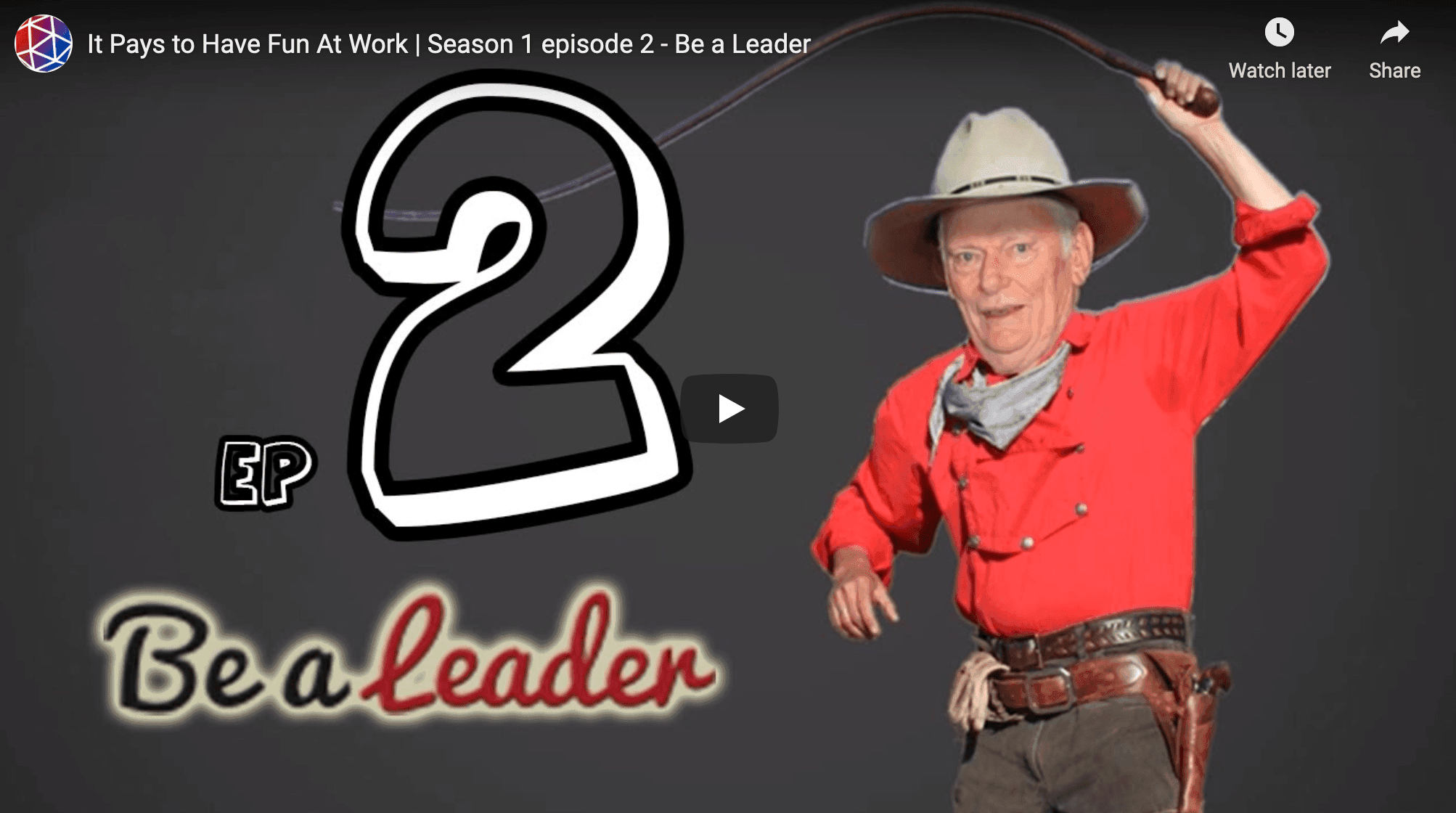Spanning Boundaries

The theory and its benefit to organisations
Everyone has the potential to be a boundary spanner.
All of us try to bridge the distinctly separate facets of life in order to improve the way we live. This bridging of the different parts in our lives is called boundary spanning, and it is important that this can be applied in a corporate setting.
This is because it can help in moving the organisation ahead by connecting organisational borders or constraints, on top of enabling the organisation to achieve higher shared visions and goals.
Chris Ernst, a researcher, author, as well as a senior faculty member in the Centre for Creative Leadership (CCL), spent the last 14 years of his life spanning boundaries, with the past couple of years advising leaders and leading corporations to guide them in using the idea of boundary spanning to enhance their organisations.
According to Ernst, there are five types of boundaries in an organisation that challenge all leaders to work in a new way. These boundaries include vertical, horizontal, demographic, geographic, and stakeholder boundaries.
Out of the five main boundaries, Ernst and his team of researchers discovered that the horizontal boundaries are the biggest chokepoint in an organisation today.
The world, he said, has changed from vertical to horizontal, and thus, leaders who can navigate between the horizontal boundaries are bound to be more successful.
It is also important for leaders to master the skills to span across boundaries because he believes that in three to five years, the stakeholder, demographic, and geographic boundaries will increase in importance – more than they already have right now.
Nonetheless, he warned that boundary spanning is not going to be easy, as leaders would need to tackle multiple boundaries at the same time.
Necessary practices
In order to work effectively across boundaries, Ernst has listed six necessary practices that happen at the nexus between groups.
These practices are buffering, reflecting, connecting, mobilising, weaving and transforming.
Buffering is simply trying to obtain a clearer clarification of the boundary before “conquering” or spanning any of it.
“What we learnt is if your goal is to span a boundary, to bridge a boundary, you actually have to begin by strengthening and defining it,” Ernst said.
The next practice is reflecting, which can be done by better facilitating knowledge and perspective exchange, as well as best practice sharing across boundaries.
“Connecting is about linking and integrating the boundaries. So, it’s about making one-to-one connections, building networks of leader relationships across boundaries,” he explained.
Next, mobilising is mainly about reframing boundaries in order to create a larger vision. Both connecting and mobilising help to forge common grounds for different people in the organisation, and as a result, bring them together.
“I love the definition of innovation,” Ernst said, “it’s simply the combination of two previously disconnected things, ideas, people, and resources.”
This is possible through the practice of weaving. When an organisation fuses different functions or knowledge together, they will be able to create breakthrough innovation.
Applying this to a real workplace situation, he gives an example of a time when he and his team took a group of General Electric executives to the Olympic training headquarters in the United States.
After meeting different athletes, coaches, and the heads of sports, they came to realise that there is more than meets the eye. There is a lot more going on “behind the scenes” apart from the athlete who receives his or her medal for everyone to see.
Through this, they learnt the importance of collaboration, networks, and spanning boundaries – all of which are necessary to make a successful athlete.
“That’s very much the truth for what it takes to make a successful business, too,” he added.
Lastly, it is essential to transform in order to discover new frontiers. Though it was not mentioned in the video, transforming will help in enabling reinvention in the organisation.
Ernst affirmed that once leaders figure out how to span boundaries, they can actually apply it in many areas of their business.
“All of us today, whether we’re in corporations or in the government, whether we’re trying to be social entrepreneurs, we’re all having to work across boundaries to be able to help move our work and move the world ahead,” he stated, after agreeing with Roshan Thiran, the host, that spanning boundaries can even transcend cultures.
Parting advice
When asked, his advice to upcoming CEOs is to “give a little less attention to vertical command and communication and spend more time on how you can help foster better communication and interaction across the organisation”.
As for young graduates who have just finished their studies, Ernst proposes an accelerated way to pick up this set of skills, which is to hold on to the curiosity that they possess and use it to keep challenging oneself to continuously look for new and diverse intriguing experiences.
However, he also reminded that experiences are not the main thing that they should focus on, but rather the meaning of each experience.
Keep on asking questions like “What do I want to learn?”, “What do I hope to gain?”, “What do I hope to be able to do differently?”, and these reflections after each action will then help in making the most out of those experiences.
Final thoughts
Ernst adds that boundaries produce borders and limits. Nevertheless, there is an alternative definition to it, which is “frontier”, and it carries the meaning “a location of new opportunities”.
Therefore, his small piece of advice to the many leaders out there is:
“Think about how you can begin to transform today’s borders into tomorrow’s frontiers to solve problems, to drive innovation, and to move your organisation”.
To access the full interview and to access other videos of inspirational personalities, visit http://www.leaderonomics.tv/the-leaderonomics-show/video. Send Majura your thoughts at editor@leaderonomics.com
First published in English daily The Star, Malaysia, 18 October 2014
Leadership





